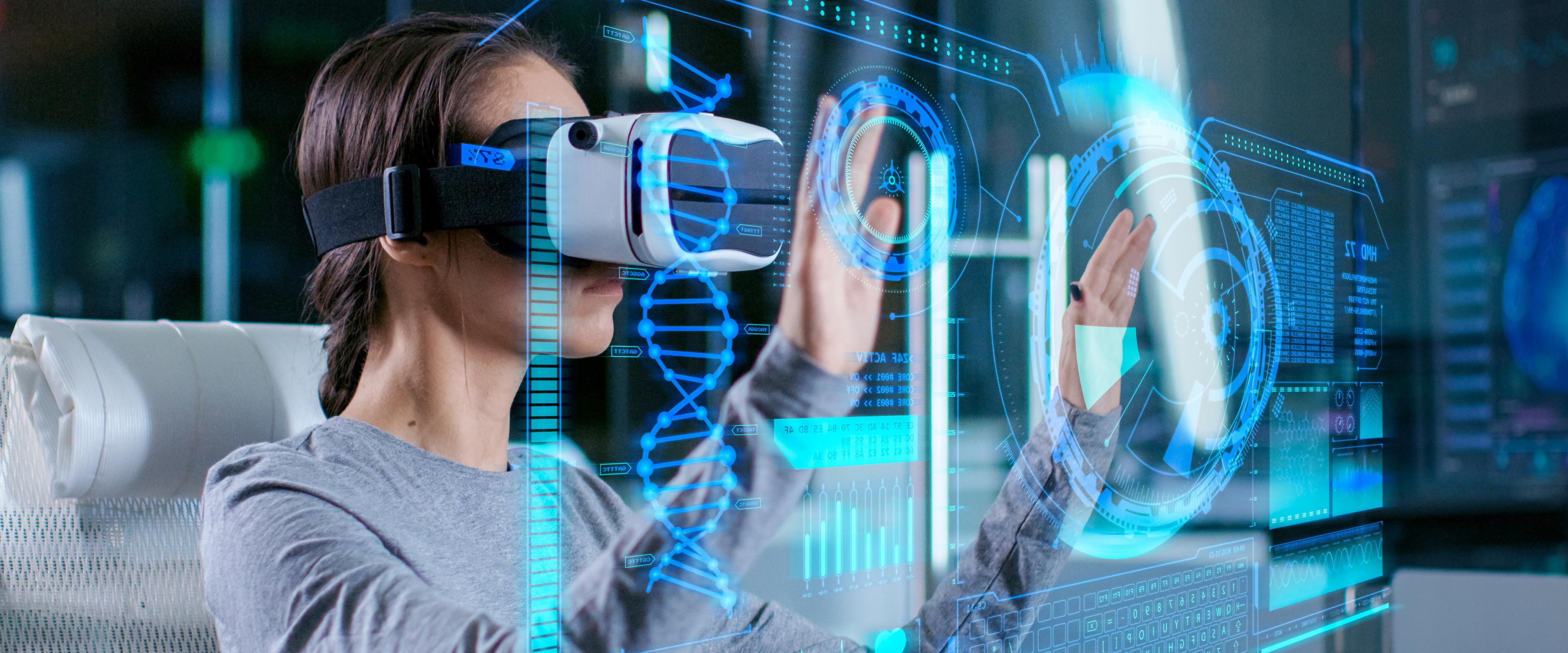
Immersive reality technology turns 3D BIM models into engaging visual experiences
A truly immersive visual and interactive experience is achieved with the use of accessory devices such as (HMD), 3D audio, along with haptic technology for a tactile interaction.
Experience Architectural Projects through Immersive reality
Advancements in architectural presentation techniques continue to emerge with new and exciting visualization technologies. Some innovations have been gained through CGI advancements in the gaming and film industries, while others are the result of architectural service providers that push current CAD and design applications to their maximum potential using 3D modeling, BIM software, and materials rendering technology.
Augmented reality | Gravity Sketch | Virtual construction | Virtual reality

Experience
Concept architectural design and final stage designs for architectural projects are using interactive and immersive visualization processes to convert 3D BIM models into exciting, animated movie clips that allow stakeholders to fly-over the proposed building exterior and landscapes – or walk-through interior rooms, up stairs, and around corners for a first hand experience of occupant flow patterns and interior finishes. With immersive visualization, project stakeholders can experience building interiors and exteriors – feeling immersed within the actual spaces, hear the acoustical qualities and see the effects of Lighting, feel the textures of furnishings and walls, and walk on carpeted or hard-surfaced floors.

Interactive vs. Immersive
Today’s technology allows for both an interactive and/or an immersive visual experience of architectural projects. An immersive experience can be likened to entering in a simulated world, where the lines between the physical senses and digital graphics are hard to distinguish. The term ‘mixed reality’ is often interchanged with immersive visualization techniques where hardware and software platforms combine to create real-world sensations and effect the mental perceptions of one or more of the five sensory receptors – vision, hearing, smell, touch, or taste. With the help of artificial Intelligence (AI), the user’s gestures and input are used to interact within the 3D BIM model, inciting an animated response, in-real time. This means clients and project stakeholders can immerse themselves into the architectural project by voice, by gaze, or by gesture for a fully-immersive mixed reality experience.

Benefits
With the use of advanced 3D BIM architectural software platforms such as Autodesk Revit, computer-generated imaging or graphics rendering applications, along with hardware technologies, exciting immersive visualization experiences can be created for architectural presentations and client review. Some of the benefits of using this technology will result in better buildings and greater client satisfaction:
- Step into your architectural design to validate
- Freely navigate through areas
- Easily change the arrangement or colors
- Query material information and product data
- Physically move through areas or rotate

